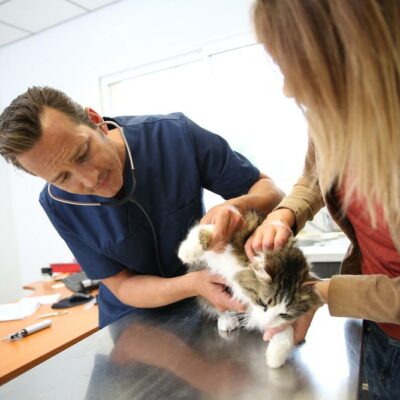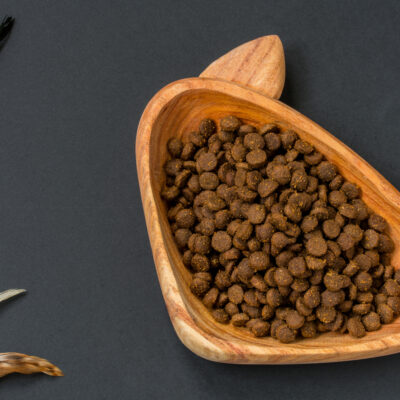
Pets
Diet for Cats with Diabetes Mellitus
Diabetes mellitus is increasingly affecting cats and is leading to several other diseases. The diet and nutrition intake of diabetic cats have to be strictly taken care of so as to prevent the condition from getting worse. This condition is identified by an abnormal blood glucose level, which alters the rate of body metabolism. It can result from hormonal malfunction when the body does not produce enough insulin to cope with increased glucose levels in the blood. This can turn into a serious issue if left untreated. Diabetes mellitus can also occur from obesity when the body fails to recognize insulin due to excess body fat. No matter what the reason is, cats with diabetes mellitus require a strict diet. 1. Low carb content Cats with diabetes mellitus need to follow a diet plan with low carbohydrates. This is because a meal rich in carbohydrates can result in a sudden elevation in the blood glucose levels, resulting in increased demand for the hormone insulin. Meals with lower carbohydrate levels do not cater to alterations in the blood glucose too much and are, thus, highly recommended. 2. High protein content A compromised carbohydrate content needs to be compensated by a protein-rich diet.
Read More 













